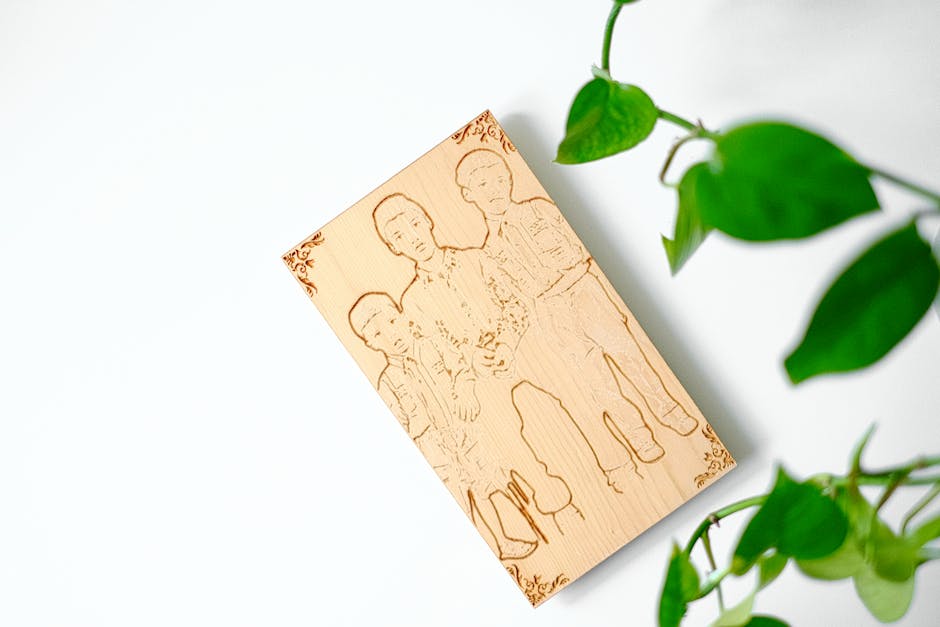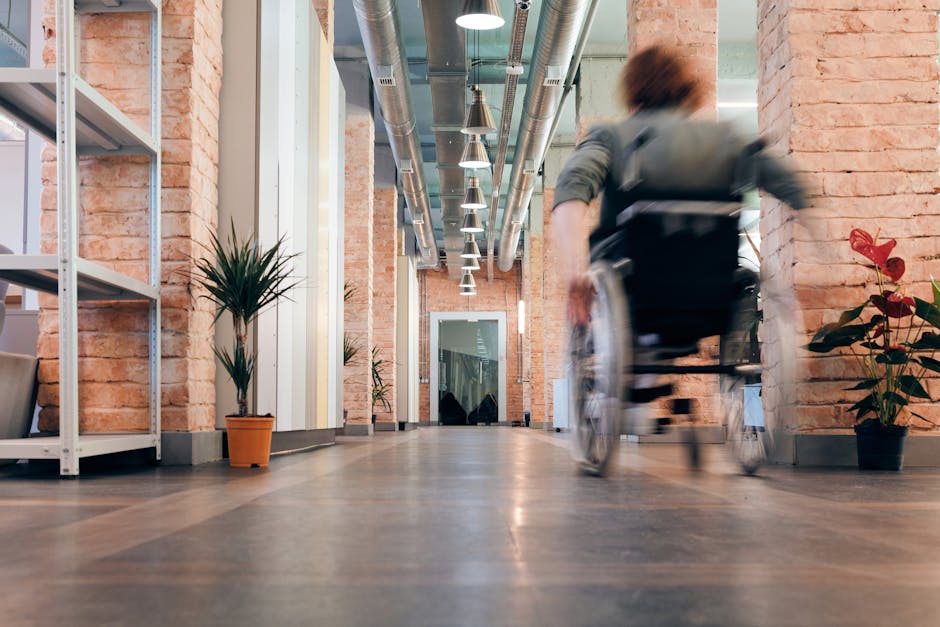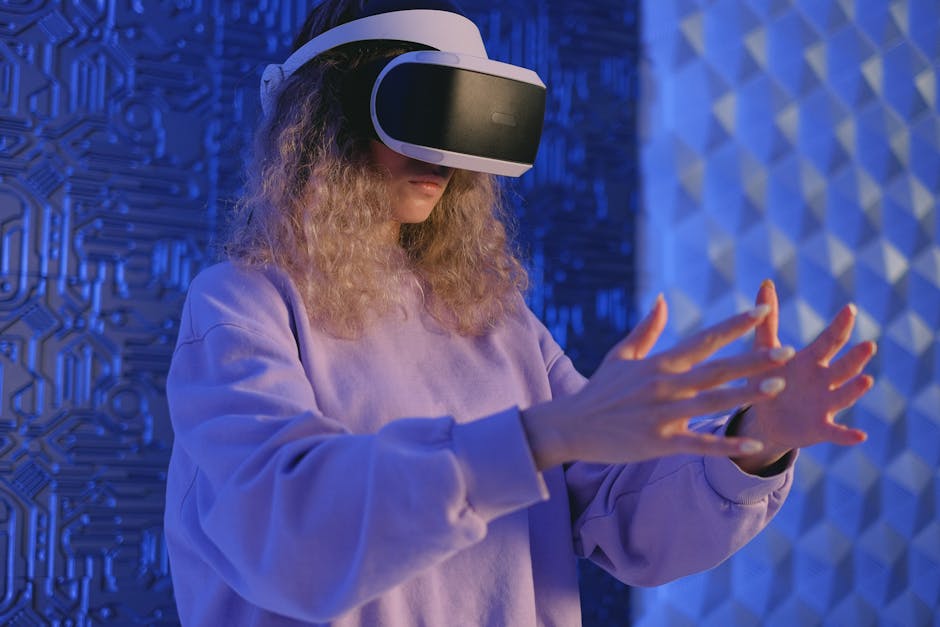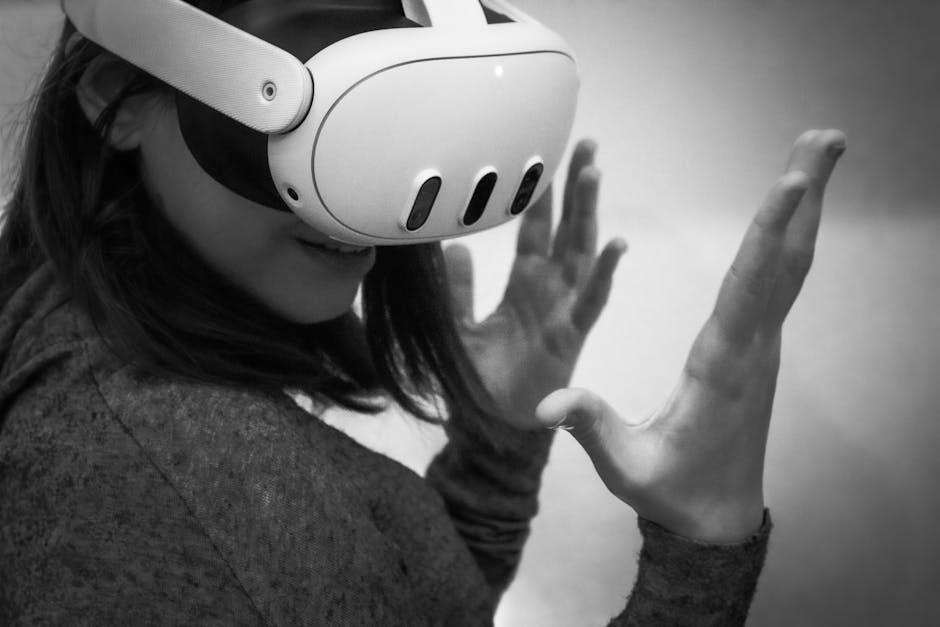Product development and UX are evolving rapidly as we enter 2025, driven by advances in technology, shifting user expectations, and a renewed focus on ethical, accessible, and sustainable design. At InnExo, we believe that next-level innovation starts with understanding how these forces shape the way we build digital products. In this comprehensive guide, we’ll explore how product development and UX are converging to create more impactful, user-centric solutions for the future.
The New Era of Product Development & UX: What’s Changing in 2025?

Photo by Suyash Batra on Pexels
The landscape of product development and UX is undergoing a profound transformation in 2025. Gone are the days when user experience was an afterthought or merely a layer added to finished products. Today, UX is a strategic driver, shaping every stage of product development from ideation to launch and beyond.
What’s fueling this shift? For one, the integration of artificial intelligence and automation has raised the bar for personalization, efficiency, and adaptability. Digital products are expected to anticipate user needs, deliver seamless interactions, and evolve in real time based on feedback and data. At the same time, users are demanding more transparency, accessibility, and ethical considerations from the brands they trust.
Organizations are responding by embedding UX research, design thinking, and agile methodologies into their core processes. This means cross-functional teams work closely to validate ideas, iterate quickly, and prioritize user value above all else. In 2025, the most successful products will be those that not only solve real problems but also deliver delightful, responsible experiences that stand the test of time.
AI and Automation: Powering Next-Level Personalization in UX

Artificial intelligence is no longer a futuristic concept—it’s a foundational element of modern product development and UX. In 2025, AI is being used to analyze vast amounts of user data, uncover patterns, and deliver hyper-personalized experiences at scale. From smart content recommendations to predictive search and adaptive interfaces, AI empowers teams to anticipate user needs and respond dynamically.
But the rise of AI also brings new challenges. Designers and product teams must ensure that automated systems are transparent, fair, and free from bias. This requires careful attention to data privacy, algorithmic accountability, and clear communication with users about how AI-driven features work. Ethical AI is becoming a core competency for UX professionals, ensuring that technology serves users’ best interests rather than simply optimizing for engagement or profit.
AI also accelerates the product development lifecycle. Tools like generative design, automated prototyping, and intelligent testing streamline workflows, allowing teams to iterate faster and focus on creative problem-solving. As AI continues to advance, expect even more seamless integration between design, development, and user research—enabling products that truly adapt to the needs of diverse audiences.
Accessibility and Inclusivity: Designing for Every User

Photo by Kampus Production on Pexels
As digital products become more embedded in daily life, accessibility and inclusivity are non-negotiable. In 2025, forward-thinking organizations are making these principles central to their product development and UX strategies. This means designing interfaces that are usable by people of all abilities, backgrounds, and contexts—whether that involves screen readers, voice controls, or customizable visual settings.
Accessibility is not just about compliance; it’s about creating equitable experiences that empower everyone. This includes considering cognitive load, providing alternative navigation options, and ensuring that content is clear and understandable. Inclusive design goes further by involving diverse users throughout the research and testing phases, uncovering needs and barriers that might otherwise be overlooked.
The business case for accessibility is stronger than ever. Products that are accessible reach wider audiences, reduce legal risks, and build stronger brand loyalty. As regulations evolve and user expectations rise, accessibility will remain a defining characteristic of successful digital products in 2025 and beyond.
Sustainability in Digital Product Design: Building for the Long Term

Photo by Surja Sen Das Raj on Pexels
Sustainability is emerging as a key consideration in product development and UX. In 2025, users and organizations alike are more aware of the environmental impact of digital products—from energy consumption to electronic waste. Sustainable design practices focus on minimizing resource usage, optimizing performance, and creating products that are built to last.
This can involve everything from choosing eco-friendly hosting solutions to designing interfaces that reduce cognitive load and device strain. Sustainable UX also means building modular, upgradable products that can adapt over time rather than becoming obsolete. By considering the full lifecycle of a product—from development to disposal—teams can make choices that benefit both users and the planet.
Transparency is key. Communicating sustainability efforts to users builds trust and demonstrates a commitment to responsible innovation. As sustainability becomes a core value for consumers, organizations that prioritize eco-friendly design will stand out in a crowded market.
Human-Centered Design: The Heart of Product Innovation

Photo by Marcus Aurelius on Pexels
At the core of every successful product in 2025 is a deep commitment to human-centered design. This approach puts users’ needs, motivations, and pain points at the forefront of every decision. Through techniques like user interviews, journey mapping, and usability testing, teams gain insights that guide the creation of meaningful, intuitive experiences.
Human-centered design is not a one-time exercise—it’s an ongoing process of learning, iterating, and improving. It encourages collaboration across disciplines, breaking down silos between designers, developers, marketers, and stakeholders. By fostering empathy and curiosity, human-centered design ensures that products solve real problems and deliver genuine value.
In 2025, the most innovative organizations are those that listen to users, embrace feedback, and adapt quickly. They recognize that innovation is not just about technology, but about creating products that resonate with people on a human level.
Emerging Trends: 3D, Immersive Experiences, and the Future of UX

Photo by SHVETS production on Pexels
The boundaries of product development and UX are expanding as new technologies reshape the digital landscape. In 2025, immersive experiences—powered by 3D, AR, and VR—are becoming mainstream. These technologies offer new ways to engage users, from interactive product demos to spatial navigation and virtual collaboration spaces.
Interactive animations, dynamic transitions, and personalized micro-interactions enhance engagement and make digital products feel more alive. Minimalist interfaces, clear typography, and bold branding help users navigate increasingly complex ecosystems with ease. As these trends evolve, the challenge for product teams is to balance innovation with usability—ensuring that new features enhance, rather than hinder, the user experience.
Looking ahead, the future of product development and UX will be defined by adaptability, inclusivity, and a relentless focus on user value. The organizations that thrive will be those that embrace change, experiment boldly, and never lose sight of the people they serve.
Best Practices for Product Development & UX Success in 2025

To succeed in the fast-changing world of product development and UX, teams must adopt best practices that foster innovation, agility, and user satisfaction. Here are some key strategies for 2025:
- Embrace cross-functional collaboration: Break down silos and bring together diverse perspectives from design, engineering, marketing, and business.
- Invest in continuous user research: Make user feedback a constant part of your process, not just a phase at the beginning or end.
- Prioritize ethical and sustainable design: Consider the broader impact of your products on society and the environment.
- Leverage AI and automation thoughtfully: Use technology to enhance, not replace, human creativity and judgment.
- Design for accessibility and inclusivity: Make sure your products are usable by everyone, regardless of ability or background.
- Iterate rapidly and learn from failure: Treat every release as an opportunity to learn, improve, and deliver more value to users.
By following these principles, organizations can build products that stand out in a competitive landscape—delivering next-level innovation and exceptional user experiences that last.
Conclusion: Shaping the Future of Product Development & UX with InnExo

Photo by Michelangelo Buonarroti on Pexels
The future of product development and UX is bright, dynamic, and full of opportunity. As we move through 2025 and beyond, the convergence of technology, ethics, and human-centered design will redefine what it means to build digital products that matter. At InnExo, we’re committed to helping innovators, designers, and product teams harness these trends to create solutions that truly make a difference.
Whether you’re just starting your journey or looking to take your product development and UX practice to the next level, remember: next-level innovation starts here. Stay curious, stay adaptable, and always put users at the heart of everything you create.
Sources
- https://trends.uxdesign.cc
- https://www.nngroup.com/articles/ux-reset-2025/
- https://www.uxdesigninstitute.com/blog/ux-design-trends-in-2025/
- https://www.behance.net/gallery/209674381/Design-Trends-2025?locale=en_US
- https://careerfoundry.com/en/blog/product-design/product-design-trends





